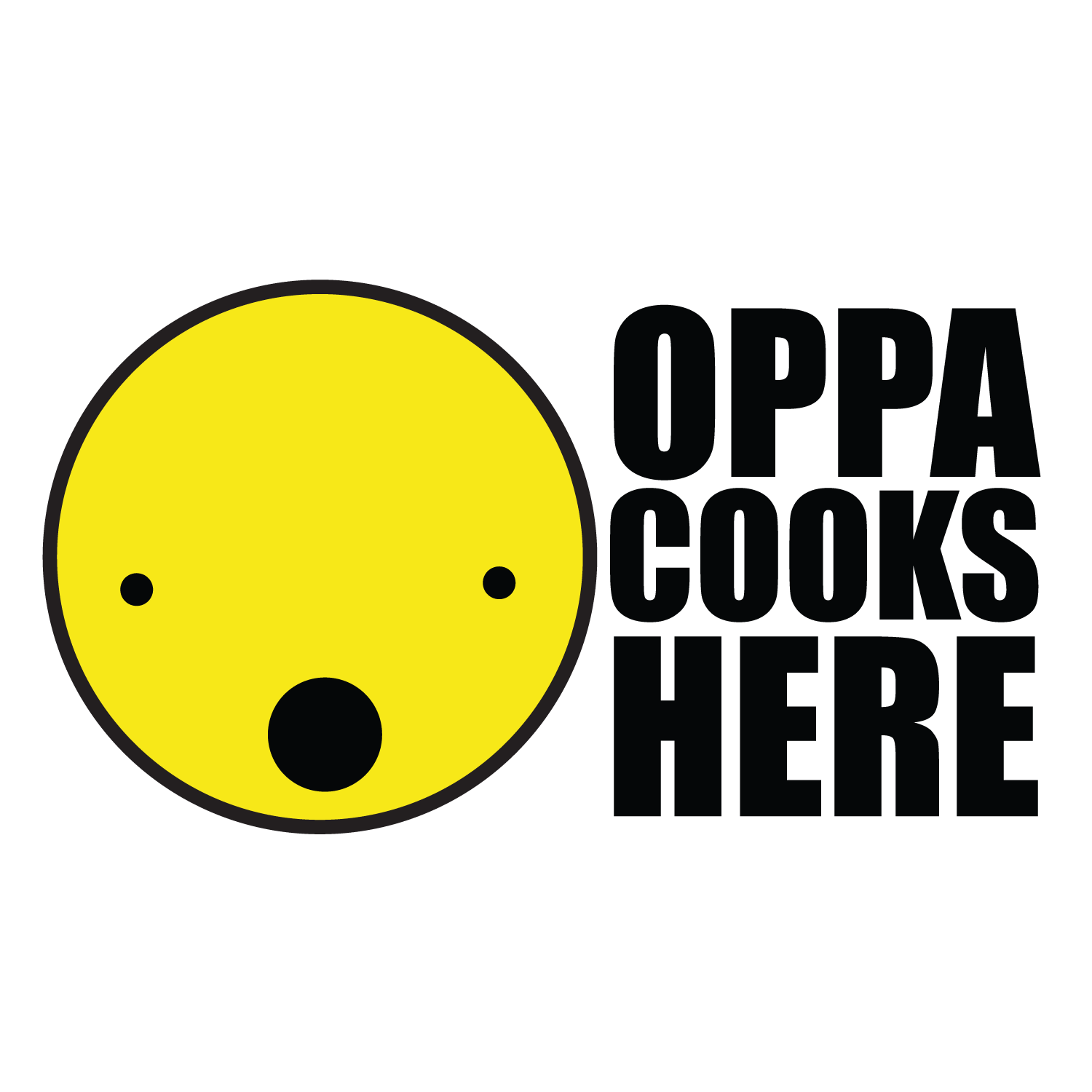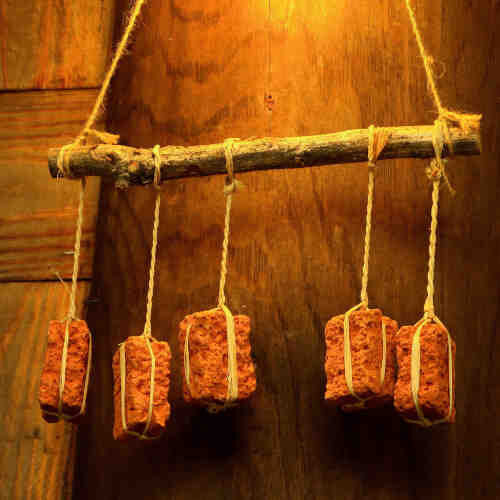GUK GANJANG aka Korean Soup Soy Sauce
the traditional authentic korean soy sauce.
Korean soup soy sauce is usually used to season soups and namul BANCHAN (herb/vegetable side dishes), but it can also be used as a general soy sauce. Note that it is saltier than the more common (JIN GANJANG and YANGJO GANJANG) soy sauces, so adjust accordingly when cooking (taste test often!). Its lighter hue also won’t add much color to dishes or muddy clear soups. Hey, it’s all about presentation, right?
This is the closest you’ll get to the traditional experience of “authentic” Korean soy sauce. Once upon a time, people would commonly make this at home as this is the by-product of DOENJANG (Fermented Bean Paste) which was also made at home. Made with only Soybeans, salt, water and time.
MEJU is the Korean word for mashed soybean blocks. Happily fermenting in the sun.
Homemade Guk-Ganjang is quite rare today as the process is long and let’s be real, stinky. You have to let it ferment – mashed soybeans are formed into blocks (Meju) which are hung up to allow ventilation from all sides for months and as it does, the smell will be absolutely not wonderful. If you do find someone who still does this and offers it to you, know that you have made a good friend.
All the big players in the soy sauce game make their version of GUK GANJANG but you’ll find that for the average home cook, just a run-of-the-mill regular soy sauce actually does the job for most Korean recipes.
To make things even more confusing, GUK GANJANG is also referred to by many different names:
HANSIK GANJANG (Korean Soy Sauce)
JERESIK GANJANG (Traditional Soy Sauce)
JOSEON GANJANG (Soy Sauce from JOSEON Dynasty- thousands of years ago aka The Original)
JIP GANJANG (Home Soy Sauce)
top 2 korean soy sauce producers:
SEMPIO: Korea’s #1 Soy Sauce Company
CHUNG-JUNG-WON: The Other Big Player that doesn’t use chemical additions to speed up the fermentation processes of their soy sauce.
Simply put? The high salt content allows you to use less when cooking. The lighter colour means it won’t make clear soups cloudy. Other than that, unless you are used to cooking with this type of soy sauce, you won’t miss it. On the other hand, if this is the only soy sauce you get, you can make all recipes work with it- just taste test often to compensate for salt content differences from the recipe. Traditionally, everything was made with this type of soy sauce so it’s definitely possible.
You may want to get a separate one for dipping purposes- most likely you will be getting a mass produced GUK GANJANG so it may be worth to get a better quality product to eat straight out of the bottle. Unless you get your hands on the real deal in which case you are a lucky duck and I am jealous.
This all leads back to the point being that you can just stick to regular soy sauce (and not specifically soup soy sauce for soup) for the beginning Korean pantry. Unless you are an avid Korean cook and want to have a soy sauce for different uses. To which I salute you, and further challenge you to consider making the real thing at home! And sending some over :)
How to Make korean-style Soy Sauce at Home -Jeem Elliott Gourmet Vegetarian Kitchen
Fermented Soy Bean Paste (and soy sauce)- Maangchi
Lastly, you still have to read the labels. Just because it is sold as GUK GANJANG (HANSIK/JERESIK/JOSEON OR JIP GANJANG) doesn’t guarantee it will contain only soybeans, salt and water nor that it is in fact made using “traditional” methods. Unfortunately in many cases, they’ve simply become marketing terms that don’t amount to much.
This economical and large bottle of Sempio GUK GANJANG lists the following ingredients: Water, defatted soybean, wheat, salt, high-fructose corn syrup, yeast extract, sodium benzoate. Although it is pretty common for mass-produced soy sauce to contain wheat, the addition of sugars and preservative agents are best avoided. If it’s too cheap to be true, there’s probably a reason why. If your local grocer only carries Sempio products, try to get JOSEON GANJANG (Traditional Soy Sauce)..
With only 4 ingredients, it may cost a few dollars more but you won’t be getting any unnecessary additives.
Chung Jung One’s Soup Soy Sauce boasts just 4 ingredients: Meju (traditional fermented soybean blocks), salt, water and spirits (prolongs shelf life).
If you want to taste the closest you’ll get to an authentic product, search for artisan makers of boutique soy sauces. Yes, there is such a thing. Made the original way, with effort and time. Savour and enjoy.
Yoon Ji-Young Craft Traditional Korean Soy Sauce, go take a look here.


















